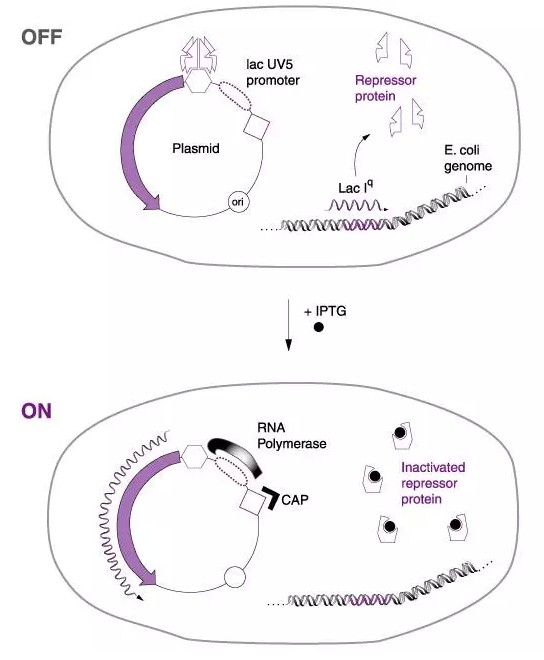Study on the Mechanism of Microbial Remediation for Marine Pollution of PAHs
Toxic pollutants are a major issue in the marine environment. Polycyclic Aromatic Hydrocarbons (PAHs) are the top of the black list of toxic substances in marine pollution and are widely distributed in the marine environment. Microbial remed...
Study on the Mechanism of Microbial Remediation for Marine Pollution of PAHs
Fleming Research Institute of Life Sciences
Toxic pollutants are a major issue in the marine environment. Polycyclic Aromatic Hydrocarbons (PAHs) are the top of the black list of toxic substances in marine pollution and are widely distributed in the marine environment. Microbial remediation is an effective method for the treatment of PAHs pollution. In this study, it is of great significance to use mutagenesis to transform engineering strains to reveal the contamination mechanism of PAHs by strains and to repair marine pollution by microorganisms.
The Microbiological Technology Team of the Singapore Nan Yang Academy of Sciences, collaborating with the molecular biology technical teams of relevant scientific institutions, achieved the research on the mechanism of molecular level microbial remediation for PAHs pollution in the marine environment, by analyzing the characteristics of PAHs degradation efficiency of mutagenic engineering strains. The research was supported by the Nan Yang Academy of Sciences.
1. Stage Research Goal and The Key Science Problems to be solved
(1) Research Goal
This study used mutagenic engineering strains to reveal the mechanism of microbial degradation of PAHs, and laid the foundation for the next step to screen for engineering strains that efficiently degrade PAHs and study the mechanism of repairing toxic pollutants of PAHs in the marine environment.
(2) Key Science Problems to be solved
a. The first key issue of this study is mutagenesis of highly efficient strains;
b. The key technical issues of this research are efficient strain-degrading genes and enzyme localization screening;
c. The key problem to be solved in this study is to reveal the mechanism of mutagenic high-efficiency strains to achieve the degradation of marine pollutant PAHs.
2. Existing Research Result (Patents, SCI Papers)
Related papers to be published and related patents pending.
3. Features and Innovations of the Project
a. Mutation of high-efficiency strains by ion beam;
b. Degradation of PAHs by efficient engineering strains combined with multiple methods.
4. Annual Research Plan and Expected Research Results (Including Important Academic Exchange Activities to be Organized and International Cooperation and Exchange Plan, etc.)
(1) Annual Plan
January 2019 - December 2019, complete mutagenesis of highly efficient engineering strains;
January 2020 - December 2020, complete the research on the mechanism of PAHs by highly efficient engineering strains;
January 2021 - December 2021, complete the research on the mechanism of high-efficiency engineering strains combined with various methods to repair marine pollutants PAHs.
(2) Expected Research Results
a. Obtain effective degrading enzymes and genetic loci in strains;
b. obtain highly efficient engineering strains through mutagenesis;
c. Study the mechanism of degrading toxic pollutants PAHs in the marine environment by using engineering strains;
d. Apply for patents, publish 8-10 high-quality SCI papers, organize important academic exchange activities, and train graduate students.



















